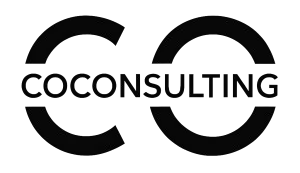In today’s fast-paced digital landscape, businesses are constantly seeking innovative ways to connect with their target audience and drive growth. As we step into 2025, webinar marketing has emerged as a powerful strategy, enabling companies to reach new heights.
Recent studies have shown that webinars continue to deliver consistently on two fronts: generating qualified leads and educating potential customers. By leveraging the latest trends and technologies, businesses can take their online events to the next level, driving online conference growth and successful virtual event promotion.
Key Takeaways
- Discover proven strategies for mastering webinar marketing in 2025.
- Learn how to leverage the latest trends and technologies for online events.
- Understand the importance of virtual event promotion for business growth.
- Explore ways to drive online conference growth through effective marketing.
- Develop a comprehensive plan for successful webinar marketing.
Introduction to Webinar Marketing in 2025
The landscape of webinar marketing in 2025 is more dynamic than ever, offering businesses unprecedented opportunities for growth. As we navigate this evolving landscape, understanding the current state of webinar marketing is crucial.
The Evolution of Webinars
Webinars have undergone significant transformation since their inception in 1996. Initially, they were basic online presentations, but they have evolved into sophisticated tools for businesses to connect with their audience.
Today, webinars are equipped with advanced features such as interactive Q&A sessions, live polls, and detailed analytics, making them an essential component of a comprehensive marketing strategy.
Importance for Business Growth
The importance of webinar marketing for business growth cannot be overstated. According to recent data, 95% of marketers believe webinars are essential to their overall marketing strategy. Webinars provide a platform for businesses to showcase their expertise, generate leads, and educate potential customers.
They offer a unique opportunity for direct engagement with the audience, fostering a sense of community and building trust.
“Webinars have become a cornerstone of modern marketing strategies, enabling businesses to connect with their audience in a more personal and engaging way.”
- Webinars offer a direct and personal way to connect with the audience.
- They are crucial for generating leads and educating potential customers.
- Advanced features like Q&A sessions and live polls enhance the webinar experience.
In conclusion, webinar marketing in 2025 is a powerful tool for business growth, offering a range of benefits from lead generation to customer education. As we move forward, it’s essential to leverage the full potential of webinars to stay ahead in the competitive business landscape.
Understanding Your Target Audience
Understanding your target audience is the cornerstone of a successful webinar marketing strategy. To create a webinar that resonates with potential customers, you need to know who they are, what challenges they face, and what they are looking for.
We can’t stress enough how crucial it is to have a deep understanding of your audience. By doing so, you can tailor your content, messaging, and overall strategy to drive engagement and conversions. Recent studies have shown that businesses that understand their target audience are more likely to achieve their marketing goals.
Identifying Key Demographics
To understand your target audience, you first need to identify key demographics. This includes age, gender, job title, industry, and other relevant characteristics. By analyzing these demographics, you can create a clear picture of who your ideal attendee is.
For instance, if you’re hosting a webinar on marketing strategies, your target audience might be marketing professionals aged 30-50. Understanding this demographic helps you tailor your content to their needs and interests.

Crafting Buyer Personas
Crafting detailed buyer personas is the next step in understanding your target audience. A buyer persona is a semi-fictional representation of your ideal customer based on data and research. It includes information such as their background, goals, challenges, and behaviors.
By creating buyer personas, you can humanize your target audience and make your marketing efforts more relatable and effective. For example, a buyer persona for a marketing professional might include details such as their job responsibilities, pain points, and preferred communication channels.
For more insights on creating effective buyer personas, you can refer to our comprehensive webinar marketing strategy guide.
Leveraging Data Insights
Leveraging data insights is crucial for refining your understanding of your target audience. By analyzing data from various sources, such as website analytics, social media, and customer feedback, you can gain valuable insights into your audience’s behavior and preferences.
For instance, data insights can help you identify trends, such as the topics your audience is most interested in or the times they are most active online. This information can be used to optimize your webinar marketing strategy, making it more effective and engaging.
By combining demographic analysis, buyer personas, and data insights, you can develop a comprehensive understanding of your target audience. This understanding is key to creating a successful webinar marketing strategy that resonates with your audience and drives results.
Crafting Compelling Webinar Content
Crafting compelling webinar content is crucial for engaging your audience and achieving your marketing goals. We will explore the best practices for creating webinar content that captivates and engages your audience.
Developing a Captivating Topic
Choosing a captivating topic is the first step in creating engaging webinar content. We need to identify a topic that resonates with our target audience and addresses their pain points. According to experts, a well-crafted topic can make a significant difference in attendee engagement.
To develop a captivating topic, we should consider the following:
- Identify current trends and industry challenges
- Conduct audience research to understand their needs
- Create a unique angle or perspective on the topic
Structuring Your Presentation
A well-structured presentation is essential for maintaining audience interest. We should organize our content in a logical and coherent manner, using a clear introduction, body, and conclusion. For more insights on structuring your webinar content, check out this article on webinar content marketing strategy.
Here is an example of a presentation structure:
| Section | Content | Purpose |
|---|---|---|
| Introduction | Introduce the topic and presenter | Establish credibility and context |
| Body | Present key information and insights | Educate and engage the audience |
| Conclusion | Summarize key takeaways and next steps | Reinforce the message and encourage action |
Engaging Visual Aid Best Practices
Visual aids play a crucial role in enhancing audience engagement. We should use high-quality images, charts, and graphs to illustrate key points and make our content more digestible. 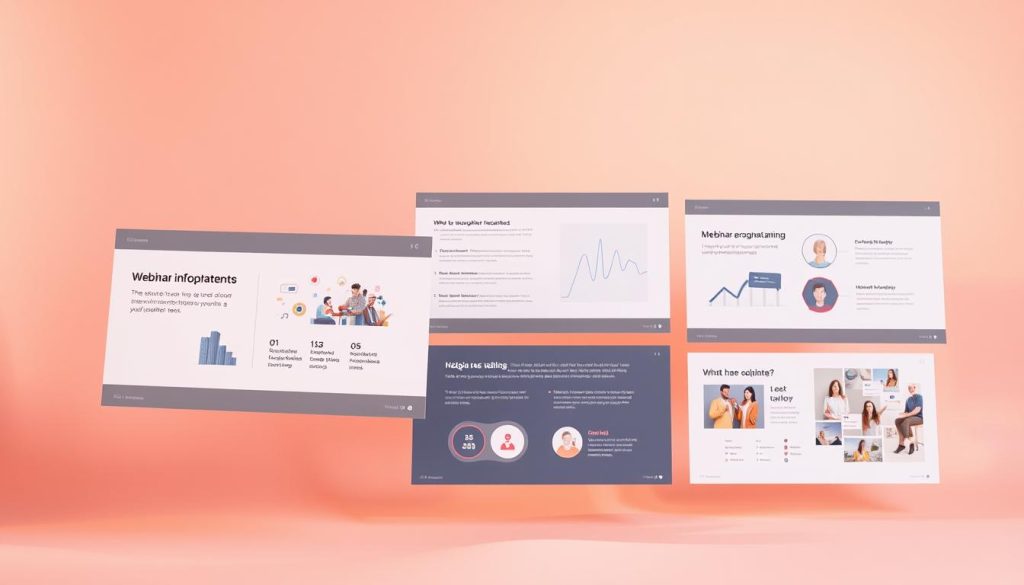
Some best practices for visual aids include:
- Use relevant and high-quality images
- Keep charts and graphs simple and clear
- Avoid clutter and excessive text
Choosing the Right Webinar Platform
Selecting the ideal webinar platform is a crucial step in ensuring the success of your online events. With so many options available, it’s essential to evaluate your needs carefully.
Key Features to Consider
When evaluating webinar platforms, several key features come into play. Reliable streaming quality is paramount, as it directly impacts the attendee experience. We also look for interactive tools such as polls, Q&A sessions, and chat boxes that foster engagement.
Another critical aspect is integration capabilities with existing marketing tools and CRM systems. This ensures seamless registration processes and follow-up communications. Additionally, analytics and reporting features help in assessing the webinar’s success and identifying areas for improvement.
| Platform | Streaming Quality | Interactive Features | Integration Capabilities |
|---|---|---|---|
| Zoom Webinar | High | Polls, Q&A, Chat | CRM, Marketing Tools |
| Webex | High | Polls, Q&A, Chat | CRM, Marketing Tools |
| GoToWebinar | High | Polls, Q&A, Chat | CRM, Marketing Tools |
Cost-Effectiveness and Value
While cost is an important factor, it’s crucial to consider the value a webinar platform brings to your events. Cost-effectiveness isn’t just about the price; it’s about the return on investment (ROI) you can expect. We evaluate the features and support provided against the cost to determine the overall value.
Some platforms offer scalable pricing models that grow with your needs, which can be particularly beneficial for businesses anticipating expansion. It’s also worth considering the support and training offered by the platform, as these can significantly impact your ability to maximize the platform’s capabilities.
User Experience Considerations
The user experience is a critical factor in choosing a webinar platform. Ease of use for both organizers and attendees is vital to ensure a smooth experience. We look for platforms with intuitive interfaces and responsive customer support.
Additionally, with the rise of mobile device usage, mobile compatibility is no longer a nice-to-have but a necessity. Ensuring that your chosen platform offers a seamless experience across various devices is crucial for maximizing attendance and engagement.
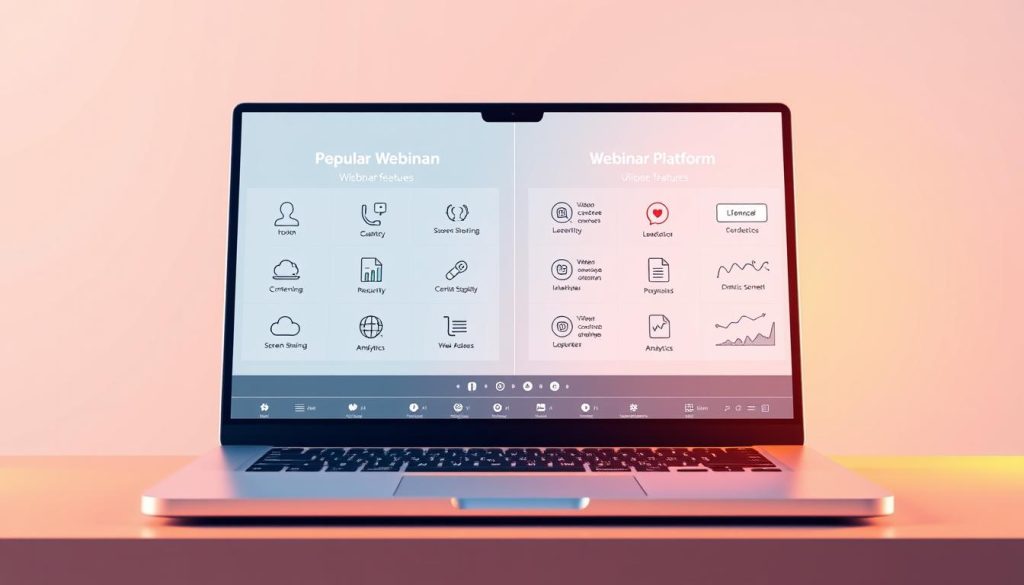
Promoting Your Webinar Effectively
Promoting your webinar effectively is key to achieving your marketing goals. To drive registrations and boost attendance, you need a comprehensive promotional strategy that leverages multiple channels and tactics.
Multi-Channel Marketing Approaches
A multi-channel marketing approach is crucial for maximizing your webinar’s reach. This involves using a combination of digital marketing channels such as email, social media, paid advertising, and content marketing to promote your webinar.
By diversifying your promotional efforts across multiple channels, you can increase your webinar’s visibility and attract a broader audience. For instance, you can use social media to create buzz around your webinar, while email marketing campaigns can help drive registrations.
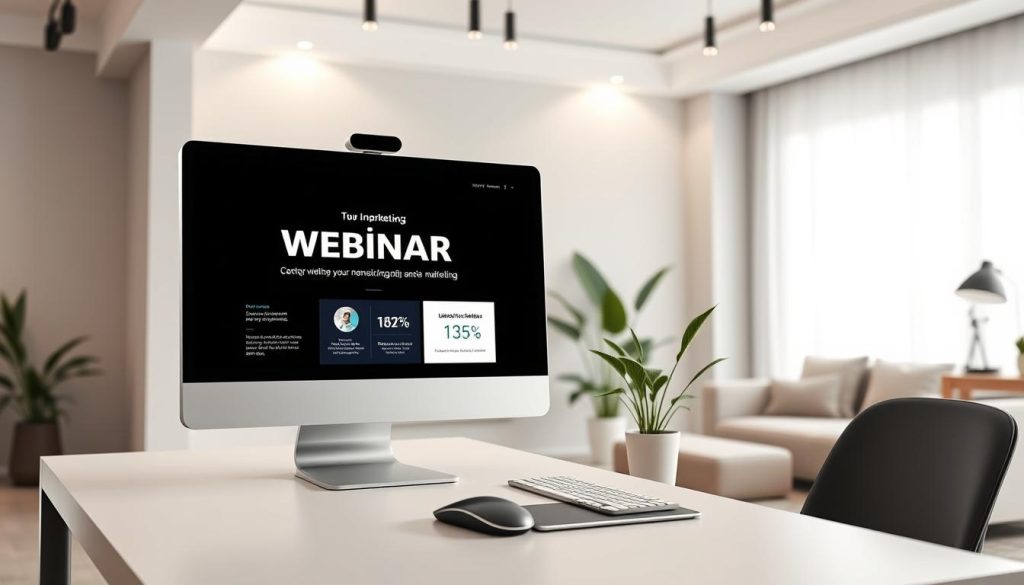
Utilizing Social Media Strategies
Social media plays a significant role in webinar promotion. According to recent studies, 60% of people register for webinars via social media platforms. Therefore, it’s essential to have a robust social media strategy in place.
To effectively utilize social media for webinar promotion, focus on creating engaging content that highlights the value of your webinar. Use relevant hashtags to increase visibility, and consider running targeted social media ads to reach your target audience.
- Create engaging content to promote your webinar.
- Utilize relevant hashtags to boost visibility.
- Run targeted social media ads to reach your audience.
Email Marketing Best Practices
Email marketing remains one of the most effective channels for promoting webinars. To get the best results, focus on crafting compelling email campaigns that drive registrations.
Best practices include personalizing your email content, using clear and concise language, and including a clear call-to-action (CTA) that directs recipients to your registration page. Additionally, consider sending reminder emails to registrants as the webinar date approaches.
- Personalize your email content to engage recipients.
- Use clear and concise language in your emails.
- Include a clear CTA to drive registrations.
Building a Strong Registration Process
To maximize webinar attendance, it’s crucial to build a strong registration process. A well-designed registration process not only simplifies the sign-up experience for potential attendees but also sets the tone for your webinar, creating a positive first impression.
By focusing on creating a seamless and engaging registration experience, you can increase the likelihood of converting registrations into actual attendees. This involves several key strategies, including designing user-friendly registration forms, implementing effective follow-up strategies, and segmenting registrants for targeted communication.
Designing User-Friendly Registration Forms
The registration form is often the first direct interaction potential attendees have with your webinar. Therefore, it’s essential to make a good impression by ensuring the form is easy to fill out and understand. Keep the number of required fields to a minimum, asking only for essential information such as name and email address.
Consider using a multi-step registration process to break down the information gathering into manageable chunks, reducing friction and making it more likely that potential attendees will complete the registration.

Follow-Up Strategies for Registrants
After a registrant has signed up, it’s crucial to keep them engaged until the day of the webinar. This can be achieved through a series of targeted follow-up emails that provide additional value, such as insights related to the webinar topic or tips on how to get the most out of the session.
Using marketing automation tools can help streamline this process, ensuring that registrants receive timely and relevant communications that keep them engaged and informed.
Segmentation for Targeted Communication
Not all registrants are the same; some may be highly engaged and eager for more information, while others might be on the fence. By segmenting your registrants, you can tailor your communication to meet the specific needs and interests of different groups, increasing the effectiveness of your pre-webinar engagement efforts.
For example, you can segment registrants based on their job role, industry, or level of engagement with previous communications. This allows you to send more targeted and relevant content, improving the overall attendee experience.
| Segmentation Criteria | Targeted Communication Strategy | Expected Outcome |
|---|---|---|
| Job Role | Tailor content to address specific job-related challenges | Increased relevance and engagement |
| Industry | Provide industry-specific insights and examples | Improved resonance with attendees |
| Engagement Level | Adjust frequency and type of communication based on engagement | Enhanced attendee experience and higher attendance rates |
By implementing these strategies, you can create a robust registration process that not only simplifies the sign-up experience but also builds anticipation and excitement for your webinar, ultimately driving higher attendance rates and a more engaged audience.
Engaging Attendees During the Webinar
To maximize the impact of your webinar, it’s essential to keep your audience engaged. We achieve this by incorporating several key strategies that foster interaction and maintain audience interest throughout the presentation.
Interactive Features to Use
Utilizing interactive features is crucial for maintaining audience engagement. Some effective tools include:
- Live polls to gather audience opinions and encourage participation.
- Q&A sessions to address attendee queries and foster a sense of community.
- Interactive quizzes to test knowledge and keep the audience engaged.
- Live chats for real-time feedback and discussion.
By incorporating these features, we can create a more dynamic and engaging experience for our attendees.
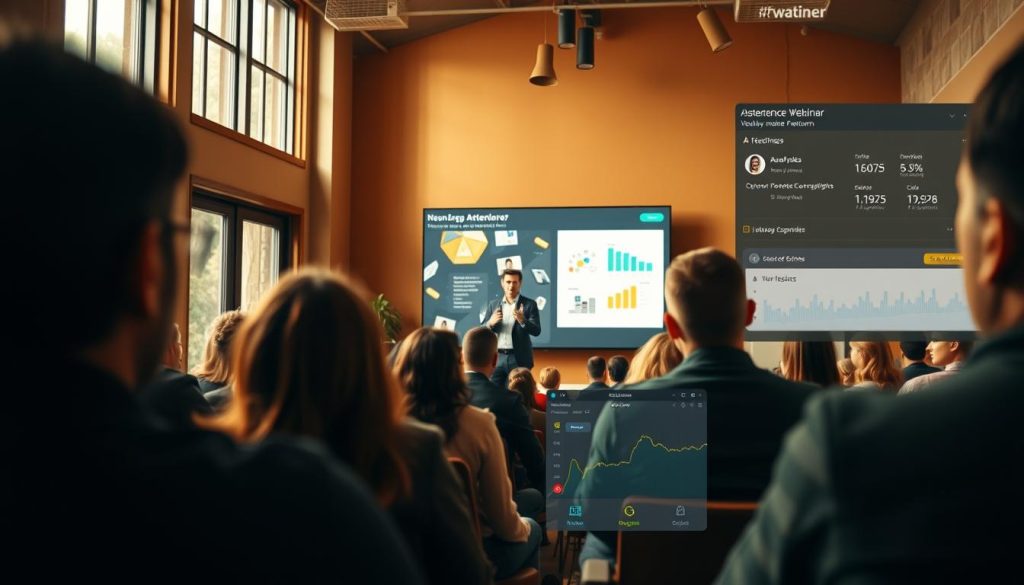
Best Practices for Q&A Sessions
Q&A sessions are a critical component of any webinar. To maximize their effectiveness, we should:
- Prepare for potential questions in advance to ensure smooth handling of queries.
- Encourage attendees to ask questions through live chats or dedicated Q&A tools.
- Address questions clearly and concisely, providing valuable insights to the audience.
By following these best practices, we can ensure that our Q&A sessions are productive and engaging.
Creating a Community Atmosphere
Creating a community atmosphere during the webinar is vital for maintaining audience interest. This can be achieved by:
- Fostering interaction through live discussions and social media integration.
- Encouraging attendees to share their experiences and insights.
- Using storytelling techniques to make the content more relatable and engaging.
By building a community around our webinar, we can create a more engaging and memorable experience for our attendees.
Post-Webinar Follow-Up Strategies
Maximizing the ROI of your webinar doesn’t end when the presentation does; it requires a strategic post-webinar follow-up. We understand that the true value of a webinar is realized after the event, through careful analysis and targeted follow-up actions.
Analyzing Webinar Performance
To gauge the success of your webinar, it’s essential to analyze its performance comprehensively. This involves reviewing metrics such as attendance rates, engagement levels, and feedback from attendees. By doing so, we can identify areas of strength and opportunities for improvement.
Key Performance Indicators (KPIs) to Analyze:
- Attendance rate
- Engagement metrics (polls, Q&A, chat activity)
- Feedback and survey responses
- Conversion rates (leads generated, sales made)
| KPI | Description | Importance |
|---|---|---|
| Attendance Rate | Percentage of registrants who attended | High |
| Engagement Metrics | Measures of attendee interaction | High |
| Feedback | Survey responses and comments | Medium |
| Conversion Rates | Leads or sales generated | High |
Sending Thank You Emails
Sending timely thank you emails to attendees is a crucial step in the follow-up process. It not only shows appreciation for their time but also keeps the conversation going. We recommend personalizing these emails based on the attendee’s level of engagement during the webinar.
Best Practices for Thank You Emails:
- Send within 24 hours of the webinar
- Personalize based on attendee engagement
- Include a clear call-to-action (CTA)
- Provide additional resources or next steps
Repurposing Content for Maximum Reach
Repurposing webinar content is an effective way to extend its lifespan and reach a wider audience. We can transform the content into various formats such as blog posts, social media snippets, infographics, or even a follow-up video series.
Content Repurposing Ideas:
- Blog posts summarizing key points
- Social media snippets for ongoing engagement
- Infographics highlighting key statistics
- Follow-up video series or podcasts
By implementing these post-webinar follow-up strategies, we can significantly enhance the impact of your online events, driving both immediate and long-term results.
Future Trends in Webinar Marketing
As we look ahead to 2025, the webinar marketing landscape is poised for significant evolution, driven by emerging technologies and shifting audience expectations. We can expect a more immersive and interactive experience, leveraging cutting-edge technologies to captivate audiences.
Emerging Tech Innovations
The integration of artificial intelligence, augmented reality, and virtual reality is anticipated to revolutionize webinar marketing. These technologies will enable businesses to create more engaging, personalized experiences, driving higher conversion rates and business growth.
Shifting Audience Expectations
Audiences are becoming increasingly sophisticated, expecting more interactive and dynamic content. To meet these expectations, businesses must adapt their webinar strategies, incorporating more engaging formats and leveraging data insights to inform their approach.
Unified Marketing Initiatives
Webinar marketing will become more integrated with other marketing initiatives, creating a seamless experience across channels. By aligning webinar strategies with broader marketing goals, businesses can maximize their ROI and drive sustained growth.
